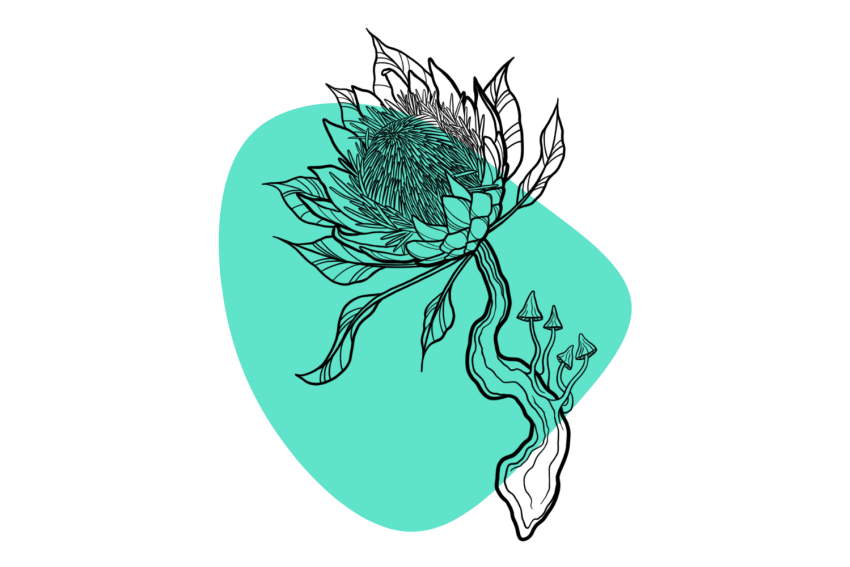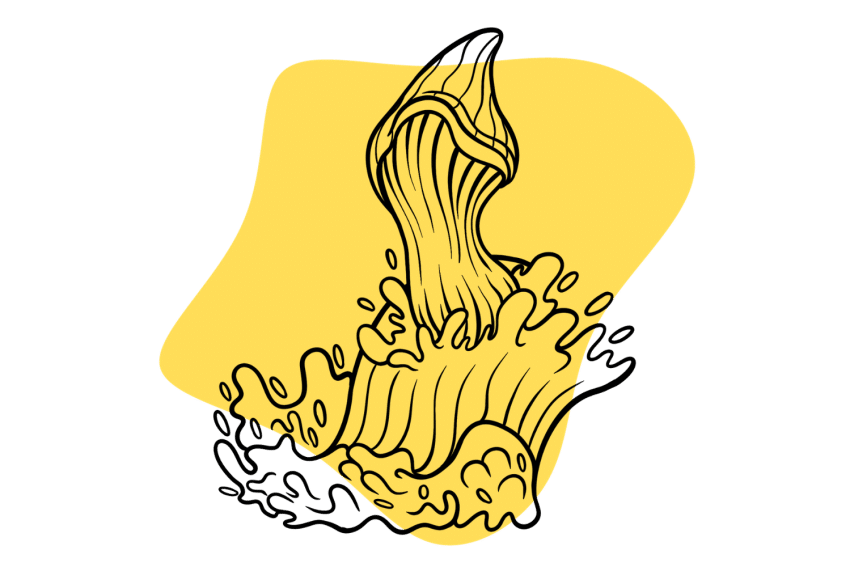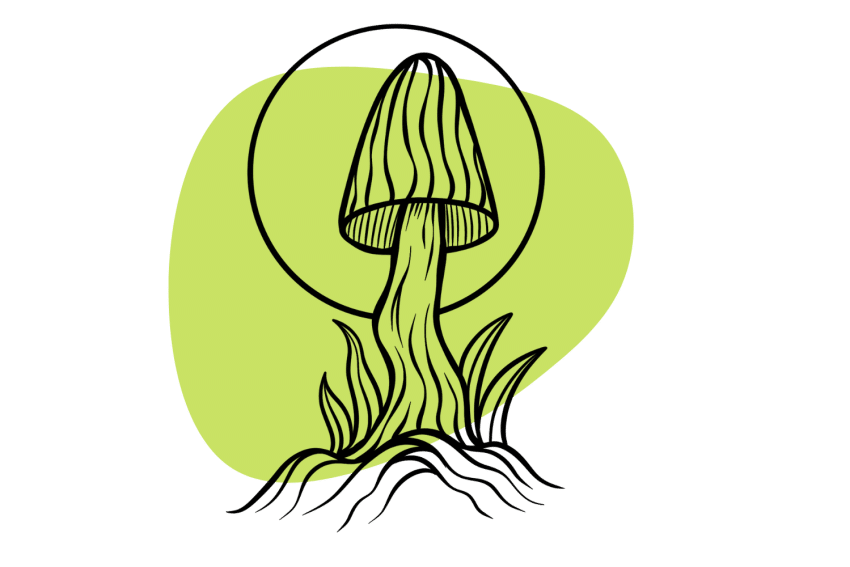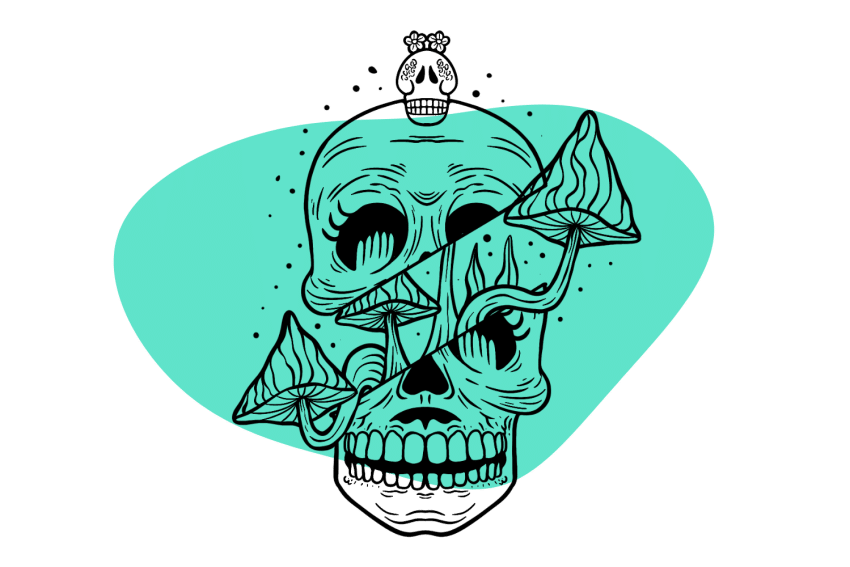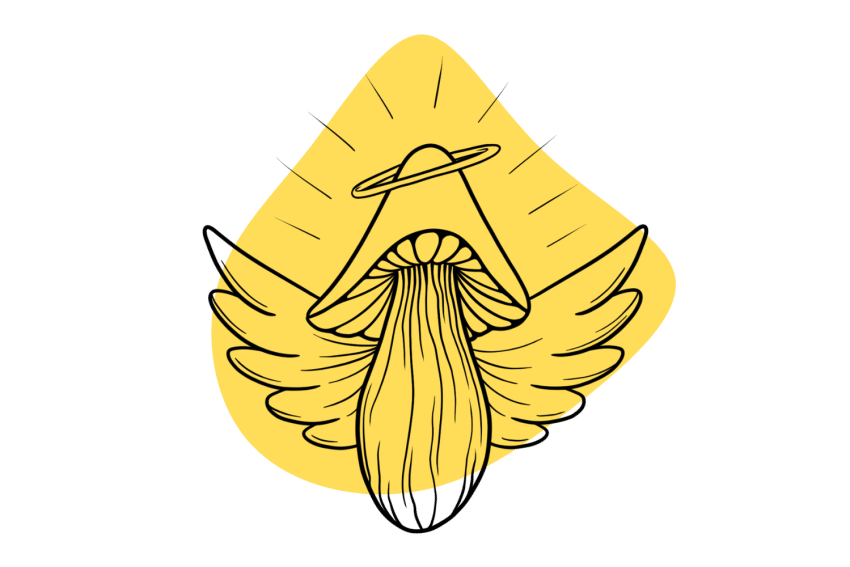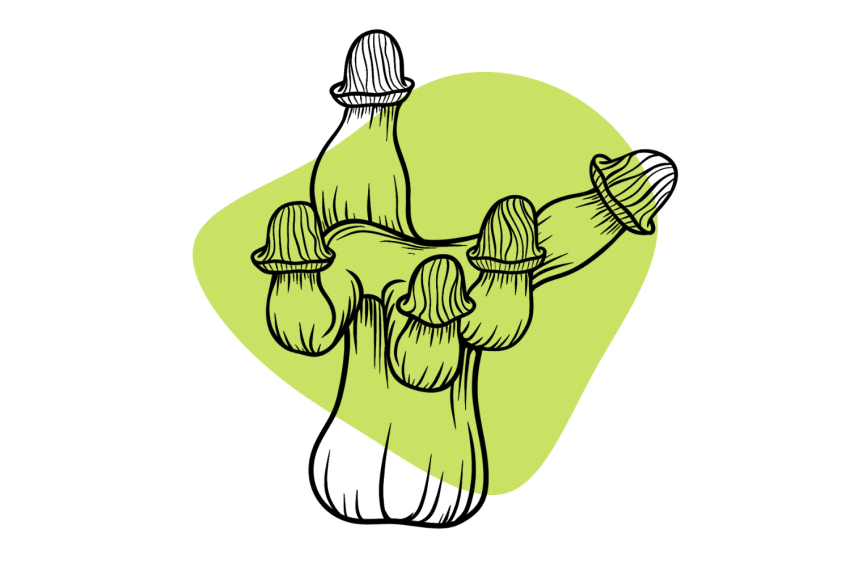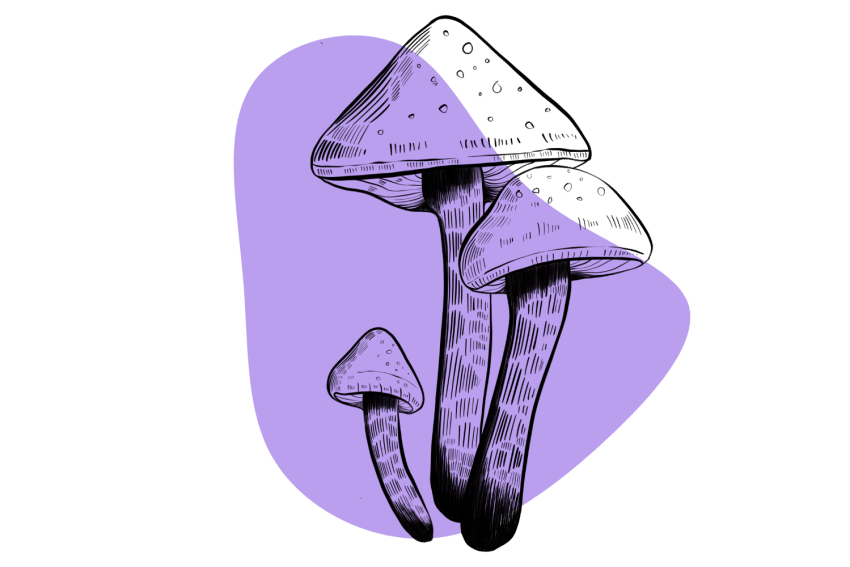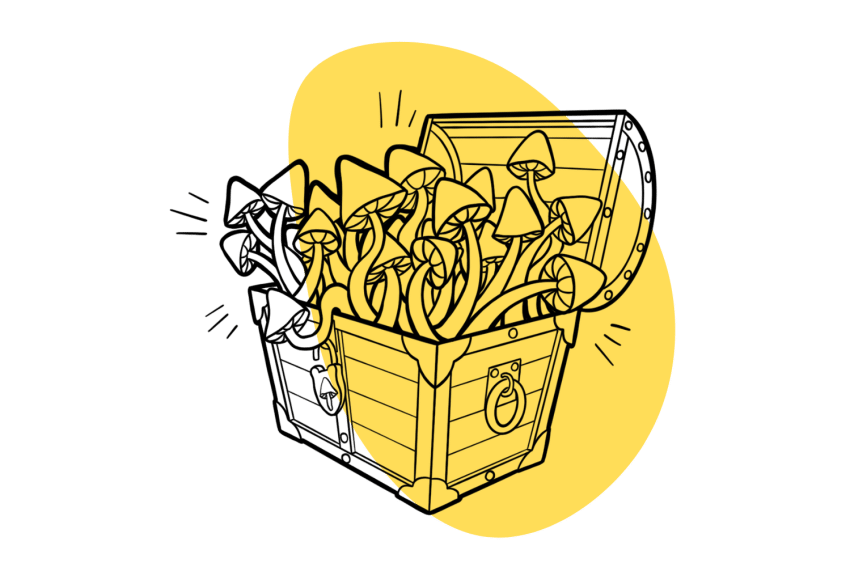PF Albino Strain: A Ghostly-White Variant of PF Classic
PF Albino is a mutation of the PF Classic strain — a cultivar developed by the legend that created the famous PF-Tek cultivation method…
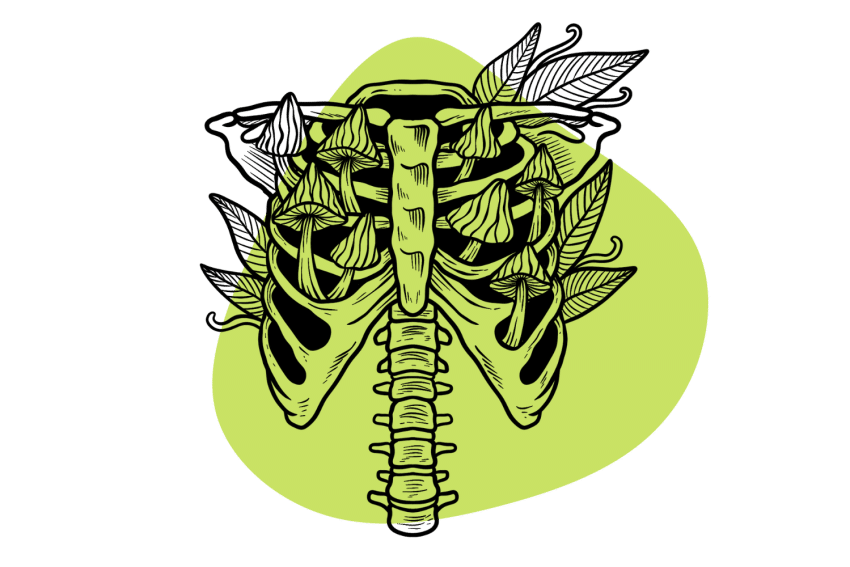
PF Albino is a non-pigmented mutation of the PF Classic Strain. This strain is almost identical to the original strain. However, the fruiting bodies are completely white.
There are over 100 strains of Psilocybe cubensis, all with different potencies, growth characteristics, and appearances. PF Albino has mild to average potency for a magic mushroom — producing total tryptamine levels between 0.50% and 0.90%.
The legendary Robert “Billy” McPherson — also known as Psilocybe Fanaticus, Professor Fanaticus, or simply PF — isolated this albino mutation from his PF Classic strain.
PF Albino is a little harder to grow than the other strains in the PF series, but the resulting fruits are truly stunning. Spores can be difficult to come by but are accessible from spore vendors that ship worldwide.
In this article, we’ll be looking in-depth at the PF Albino strain by:
- The history of the PF Albino strain
- PF Albino’s potency
- The genetic variants of the PF Albino strain
- Where to buy PF Albino spore samples
- How to grow PF Albino mushrooms
- Some other albino strains of Psilocybe cubensis
I’ll also be answering a few frequently asked questions about Albino Psilocybe cubensis Strains.
PF Albino Specs
| Potency | Mild |
| Cultivation | Intermediate |
| Species | Psilocybe cubensis |
| Substrate Recommendation | BRF (Brown Rice Flour) Cakes |
| Sold By | MYYCO (🇺🇸), Sporeslab (🇨🇦), Spores 101 (🇺🇸/🇨🇦), Miracle Farms (🇺🇸/🇨🇦), The Magic Mushrooms Shop (🇪🇺) |
History of the PF Albino Strain
The PF Albino strain was developed by the famous cultivator by the name of Robert McPherson — commonly known as Psilocybe Fanaticus or “PF” (this is where the PF in PF Albino comes from).
Robert is a renowned figure in the history of magic mushroom cultivation. He developed the PF Classic strain and its variants, as well as the commonly used PF-Tek cultivation method. He played a significant role in popularizing the hobby of psychedelic mushroom cultivation.
The exact origin of the PF Albino strain is not widely documented. However, it came to market at some point during the late 1980s or early 1990s after McPherson isolated a mutation of the PF Classic strain in his lab.
PF Albino was sold through the High Times Magazine in the late 80s until he opened his online spore vendor store “fanaticus.com” in 1991. Unfortunately, Robert’s business was shut down by the DEA in 2003 when his home was raided.
Much of Robert’s research was destroyed after the raid, and potential future strains were lost. However, the PF Albino strain, as well as PF Classic and PF Redspore, live on and are available through a variety of online spore vendors across the globe.
PF Albino Strain Potency & Psilocybin Content
PF Albino mushrooms are considered to have average potency. It’s estimated that the strain sits on the lower end of the “average potency” level — producing somewhere in the region of 0.35% – 0.60% psilocybin.
Although a sample of the PF Albino strain is yet to be entered into a Psilocybin Cup, a PF Classic sample has.
In the Spring 2021 Psilocybin Cup, a sample of PF Classic was entered by the cultivator “Holistic Health Bay Area.” The sample produced a psilocybin level of 0.60% and a psilocin level of 0.09%.
PF Albino is identical to the PF Classic strain asides from the lack of pigment. It’s safe to assume that PF Albino shrooms produce similar psychedelic tryptamine levels as PF Classic mushrooms.
PF Albino mushrooms aren’t going to blow your mind at doses of two grams or less, but at higher doses, intense visuals, euphoria, and waves of energy are apparent.
These shrooms are great for beginners in psychedelic consumption as well as microdosers due to their weaker potency.
Where to Buy PF Albino Spore Samples
PF Albino spore samples are rarer than PF Classic spores, but they’re available from a selection of reputable spore vendors across the globe. You’ll find PF Albino spore samples in the form of sterile spore-filled syringes and swabs in the United States and Canada.
- If you live in the United States — MYYCO, Spores 101, Miracle Farms
- If you live in Canada — Spores 101, Sporeslab, Planet Spores
- If you live in Europe — The Magic Mushrooms Shop (🇪🇺), Shiny Spores (🇬🇧)
Remember that some stores still market the Amazon strain as B+, thanks to a mistaken listing many years ago.
→ View all spore vendors & grow kit suppliers
PF Albino Variations & Genetic Relatives
PF Albino has a couple of genetic relatives. The three recognized “PF” strains (PF Classic, PF Albino, and PF Redspore) all share growth characteristics and potency but differ slightly in appearance.
Here are the PF Albino strain’s close relatives:
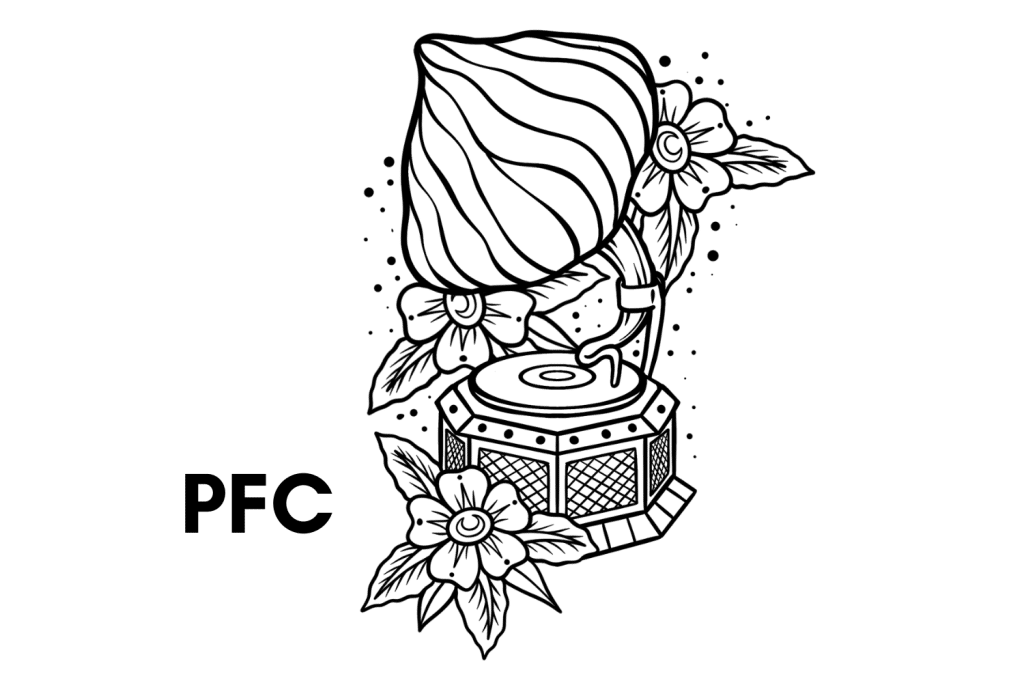
1. PF Classic
PF Classic is the “OG” PF strain. PF Albino is an isolated mutation of this strain.
The PF Classic strain was isolated by Robert McPherson back in the 90s and was developed for use with his groundbreaking cultivation method — PF Tek.
PF Classic is easier to grow than the Albino variant — it’s not as prone to aborts and is extremely resistant to contamination. It’s a heavy sporulator but has the same delayed sporulation that PF Albino has — meaning the mushrooms can be harvested with the veil attached and the spores collected with ease.
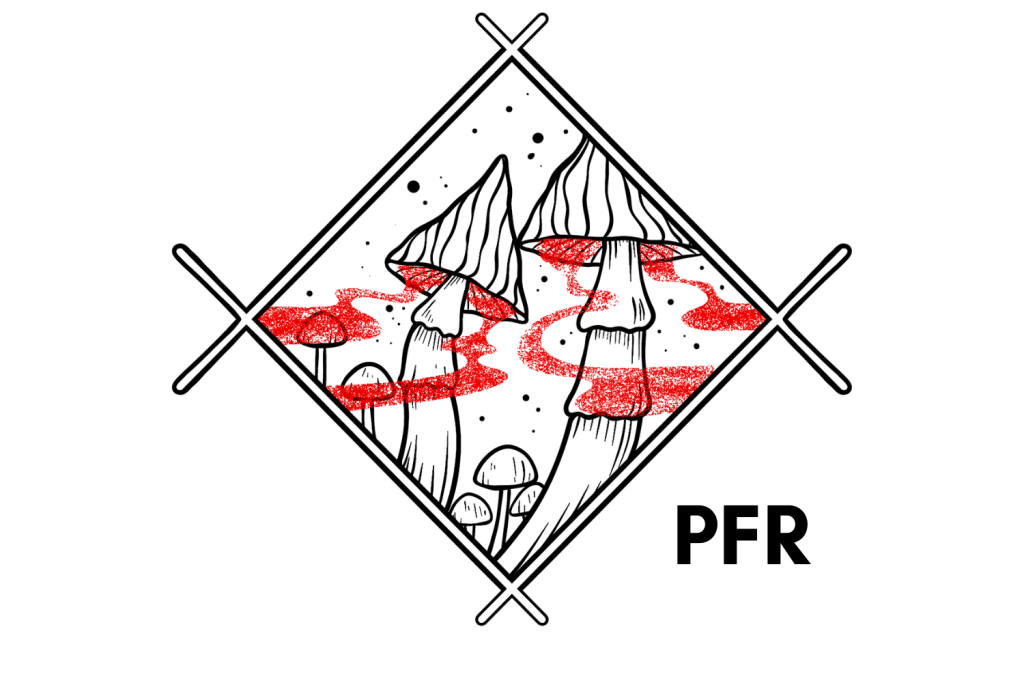
2. PF Redspore
PF Redspore is identical to the PF Classic strain.
This direct offshoot is identical in every way. However, rather than producing purple-black spores, it produces brown spores with a reddish hue — hence the name.
PF Redspore shares the same potency, appearance, and delayed heavy sporulation. It’s easy to cultivate due to its resistance to contamination and ability to grow in an unoptimized environment.
How to Grow PF Albino Mushrooms
PF Albino mushrooms are a little harder to grow than other Psilocybe cubensis mushrooms — this is true with most albino mutations.
PF Classic and PF Redspore are more suited to the beginner cultivator. Regardless, PF Albino mushrooms can be cultivated with relative ease, provided you have some experience cultivating psychedelic or gourmet mushrooms.
The PF series of strains were developed by Robert McPherson for use with PF-Tek — a cultivation technique suited to Psilocybe species. This technique is extremely easy and is the method most beginner cultivators start with.
You can learn how to grow magic mushrooms using PF-Tek in this in-depth article: How To Grow Magic Mushrooms.
For now, here’s a quick rundown of the process:
Preparing the Substrate
The first step of PF-Tek is to prepare the growing medium. A substrate of your choice must be placed in jars and sterilized to destroy any bacteria present in the medium. BRF — a mixture of brown rice flour, vermiculite, and water — is the best substrate to use for the PF Albino strain.
A selection of mason jars should be filled with the substrate before placing them into a pressure cooker for 30 minutes. Then, the jars are left inside the cooker for two to three hours to cool completely before moving on to the next step.
Inoculating the Substrate
The next step is to take the cool sterile substrate-filled jars and inoculate them with PF Albino spores.
The easiest way to do this is by using a sterile spore-filled syringe. If you can only obtain spore swabs or prints, you’ll need to isolate them on agar first — you can find out how to do that in this guide: Cultivating Mushrooms With Agar Tek.
The inoculation environment and all equipment used in the process must be completely sterilized using isopropyl alcohol. The needle of the spore syringe should be heated with a flame and allowed to cool before injecting 2 CCs of spore-infused liquid into the substrate. The jar lids are then screwed shut and sealed with foil.
Incubating the Jars
After inoculation, the jars must be incubated at a temperature between 20 to 28 ºC (68 to 82 ºF). The jars will take two to three weeks in the incubator until the mycelium has completely colonized the substrate.
Fruiting the MyceliumOnce the substrate inside the jars is completely white with mycelium, they’re ready for fruiting.
The “mycelium cakes” can either be removed or the lids of the jars left open before placing them inside a simple fruiting chamber. This chamber (you can learn how to make one in our cultivation guide) should be set at a temperature between 10 to 20 ºC (50 to 68 ºF). Humidity should be controlled by regularly spraying the insides of the container with a misting bottle.
After a few days, you should start to see small mushrooms form — don’t touch these pinheads because it can lead to aborts. These small mushrooms will mature over the coming days. Once mature, they can be harvested, dried, and stored in jars with a small packet of silica gel to increase their shelf life.
Other Albino Strains of Psilocybe cubensis
PF Albino produces beautiful white fruits that completely lack pigment. If you’re interested in cultivating a pure white variant of Psilocybe cubensis, PF Albino isn’t your only option…
Here are four other albino P.cubensis strains that you may want to look at:
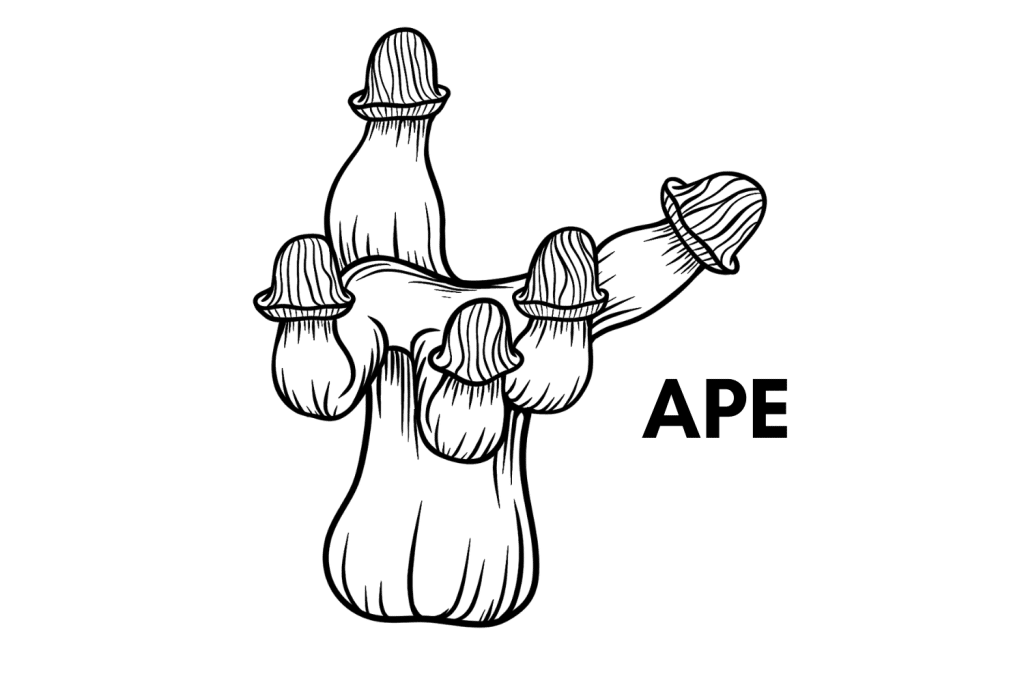
1. Albino Penis Envy
Albino Penis Envy is a non-pigmented mutation of the original Penis Envy strain. It shares the same phallic shape and otherworldly potency, but the mushrooms are ghostly white.
This strain was developed by Workman at Sporeworks, but spore samples are now available from a variety of different spore vendors across the globe. Like the PF Albino strain, Albino Penis Envy is prone to aborts and isn’t recommended for beginner growers.
Over the last four Psilocybin Cups, APE has been submitted over 30 times. The average psilocybin content is around 0.93% (1.10% total tryptamines). The strongest sample ever submitted produced a staggering tryptamine content of 2.34%.
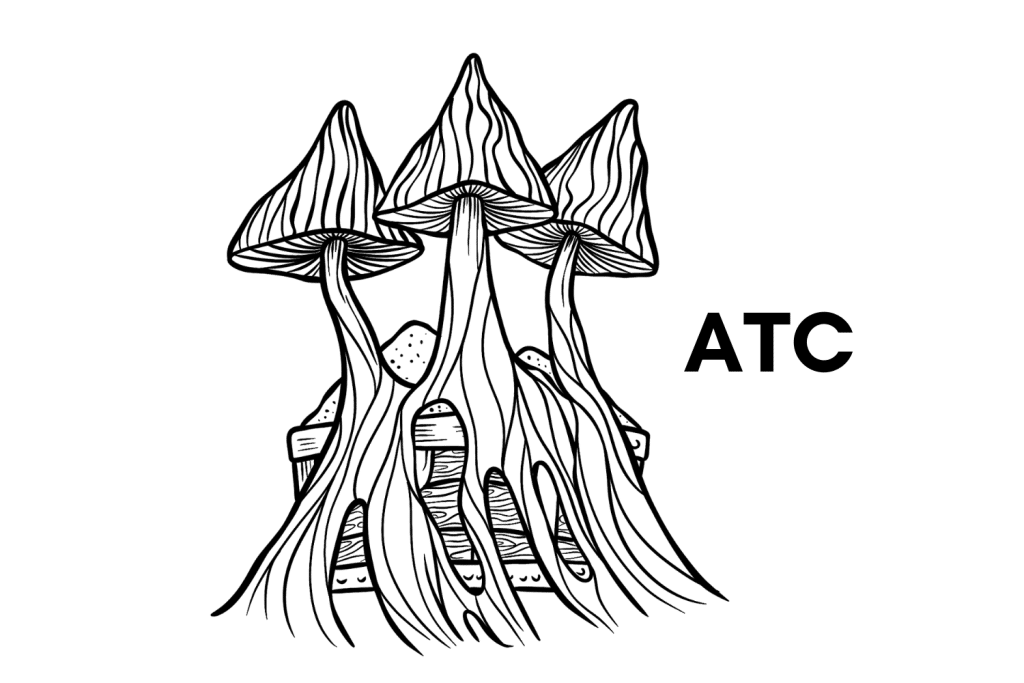
2. Albino Treasure Coast
The Albino Treasure Coast strain is a mutation of the original Treasure Coast strain. The original sample was discovered growing in the Southern Florida Gulf Coast. The albino variant was then developed by “Mr. G” (debated) — a mycologist and frequent user of the Shroomery forum.
Albino Treasure Coast shares the same growth characteristics as the classic strain, but it’s a little more difficult to cultivate due to frequent aborts. This strain produces average potency, with samples entered into the Psilocybin Cup producing psilocybin and psilocin levels of 0.59% and 0.09%, respectively.
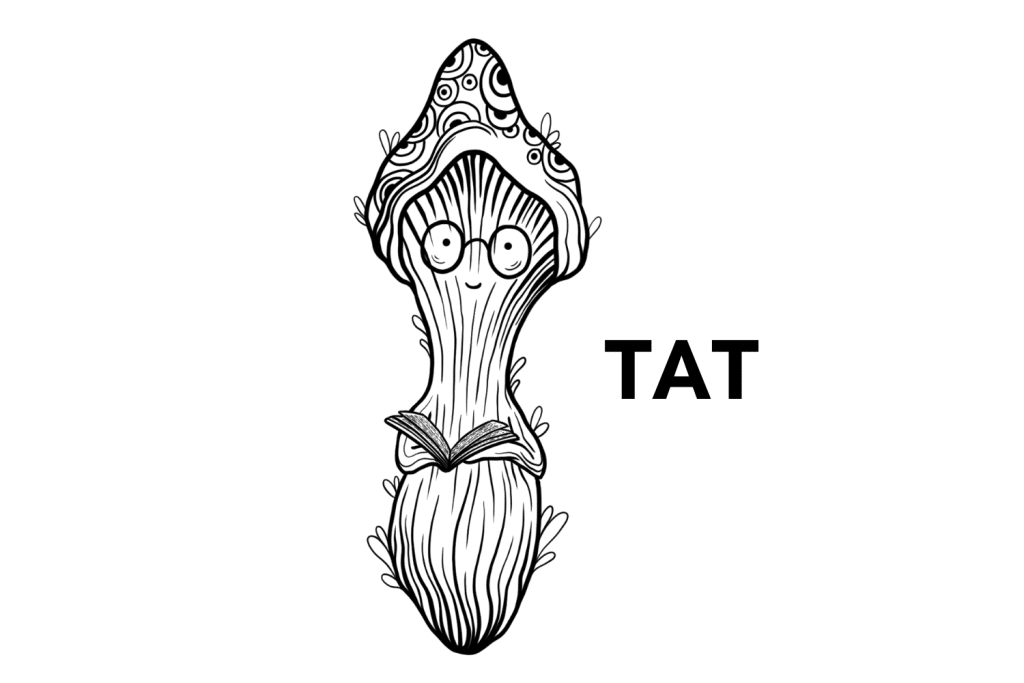
3. True Albino Teacher
The True Albino Teacher strain is essentially an albino mutation of the original Golden Teacher strain. It’s growth characteristics and potency are basically identical — the only difference is the color of the resulting fruits.
This strain has above-average potency — producing psilocybin and psilocin levels of around 0.81% and 0.06%, respectively.
Although not recommended for complete beginners, True Albino Teacher mushrooms can be cultivated by growers with minimal experience. They’re resistant to contamination and fluctuations in environmental temperatures.

4. White Rabbit
The White Rabbit strain is a hybridization of the Albino Penis Envy and Moby Dick strains — two strains renowned for their ghostly appearance and staggering potency. The strain was developed by a group of cultivators in Holland, and it’s quickly growing in popularity.
These Albino Psilocybe cubensis genetics are surprisingly easy to work with. Even the complete beginner should be able to produce good results with the strain.
This strain is quickly rising through the ranks for its potency. Some are claiming that this could outcompete Tidal Wave as the most potent P.cubensis strain.
Frequently Asked Questions
1. What’s the Strongest Albino Strain of Psilocybe cubensis?
There’s a bit of debate on what the strongest albino strain of Psilocybe cubensis is. However, with the current tryptamine stats we have, we can say Albino Penis Envy is the strongest non-pigmented strain available.
Albino Penis Envy is capable of producing total tryptamine levels of 2.30% and above. One sample entered into the Psilocybin Cup produced a psilocybin level of 1.73% and a psilocin level of 0.61% — that’s a combined psychedelic tryptamine level of 2.34% (around three times as potent as a typical Golden Teacher mushroom).
Some people claim that the White Rabbit strain is not only the strongest albino strain of Psilocybe cubensis but the strongest strain currently available. However, there’s limited information on the exact psilocybin and psilocin levels for the strain. For now, Albino Penis Envy definitely holds the podium.
2. How Many Albino Variations of P. cubensis Exist?
It’s hard to put an exact figure on the number of albino Psilocybe cubensis strains on the market because new non-pigmented strains are appearing all the time. There are also dozens of leucistic strains that contain a lack of pigment but aren’t considered “true albinos” due to the pigmentation in the spores.
- There are 10+ estimated different true albino Psilocybe cubensis strains available.
- There are 20+ estimated different white (leucistic and albino) strains on the market.
3. What’s the Easiest Albino Psilocybe cubensis Strain to Grow?
The easiest albino strain to grow is considered to be the Yeti Strain.
Albino Psilocybe cubensis variants are notoriously difficult to cultivate. Most albino strains are prone to aborts which can make the cultivation process difficult in the early fruiting stages and detriment the overall yield. However, there’s a selection of albino and leucistic strains that are less prone to this phenomenon.
Here’s a list of some of the easier white strains to grow:
- Albino A+ Strain
- Albino Burma Strain
- Albino Chodewave Strain
- Albino Melmac Strain
- Avery’s Albino Strain
- F+ (Florida White) Strain
- Jack Frost Strain
- White Rabbit Strain
Some of these strains aren’t necessarily “true albinos” because the spores carry pigment — this can be seen by taking a spore print or observing the spores under a microscope but not necessarily to the naked eye when looking at the fruits themselves.

